Best Time for Brick Stainings
Brick stainings enhance the appearance and durability of brick surfaces. Timing plays a crucial role in ensuring optimal results and longevity of the stain. Proper scheduling can prevent issues such as peeling, uneven color, and premature wear.
Brick stainings should be applied during periods of mild, dry weather. High humidity, rain, or extreme temperatures can compromise adhesion and drying times.
Late spring and early fall are generally recommended for brick stainings due to moderate temperatures and lower precipitation levels.
The best temperature window for applying brick stainings is typically between 50°F and 85°F (10°C to 29°C). Outside this range, curing and bonding may be affected.
Staining should be avoided during freezing conditions or when temperatures are expected to drop significantly after application to prevent cracking and uneven absorption.
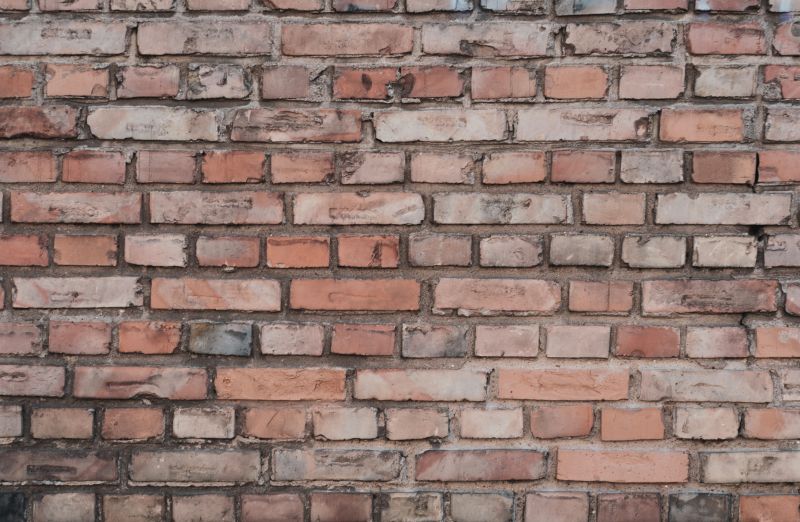
Spring offers ideal conditions with moderate temperatures and less humidity for brick staining projects.
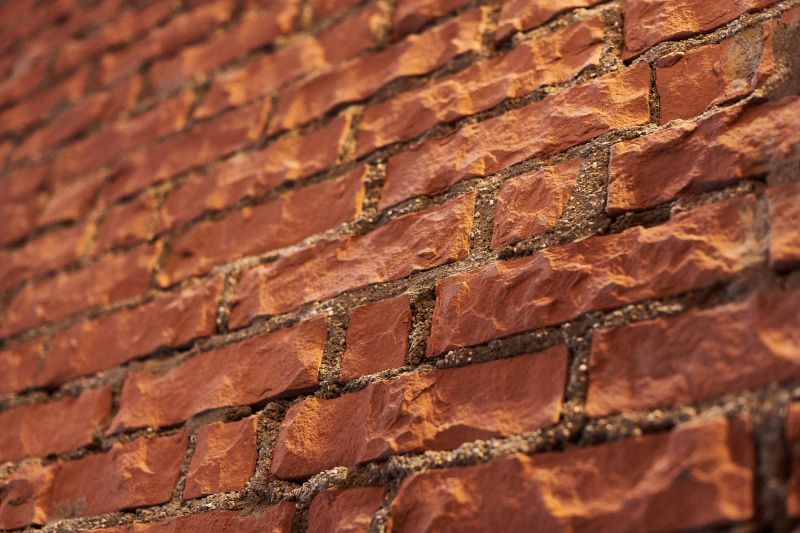
Fall provides cooler weather and lower rainfall, suitable for long-lasting stain application.
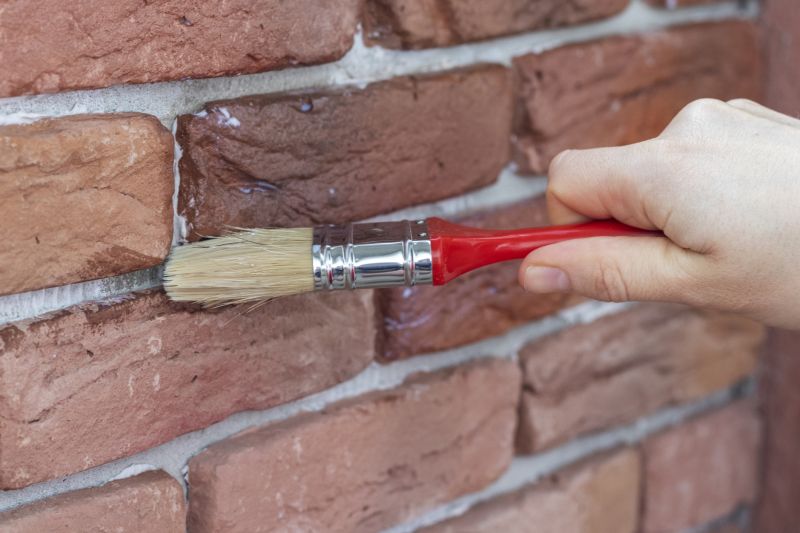
Applying stain during periods of stable, mild weather ensures better adhesion and durability.
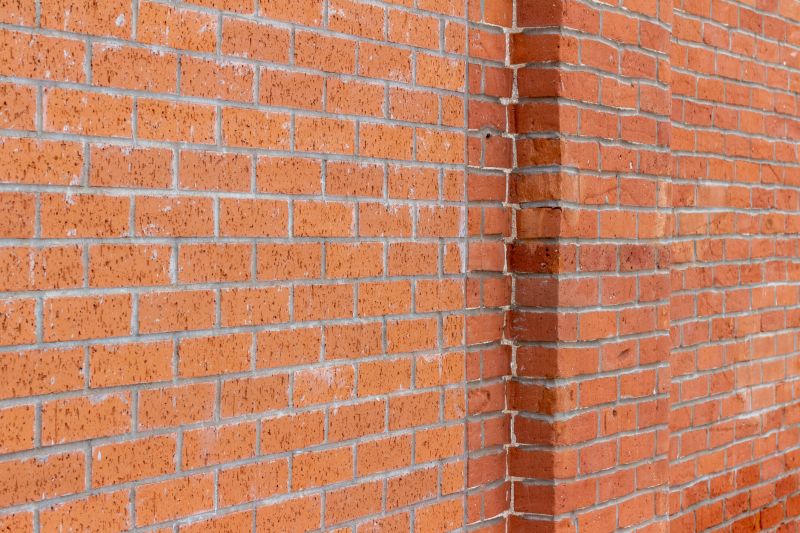
Ways to make Brick Stainings work in tight or awkward layouts.
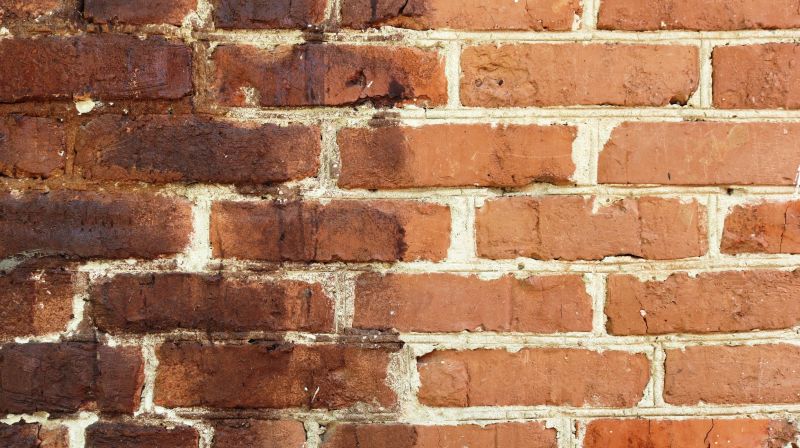
Popular materials for Brick Stainings and why they hold up over time.
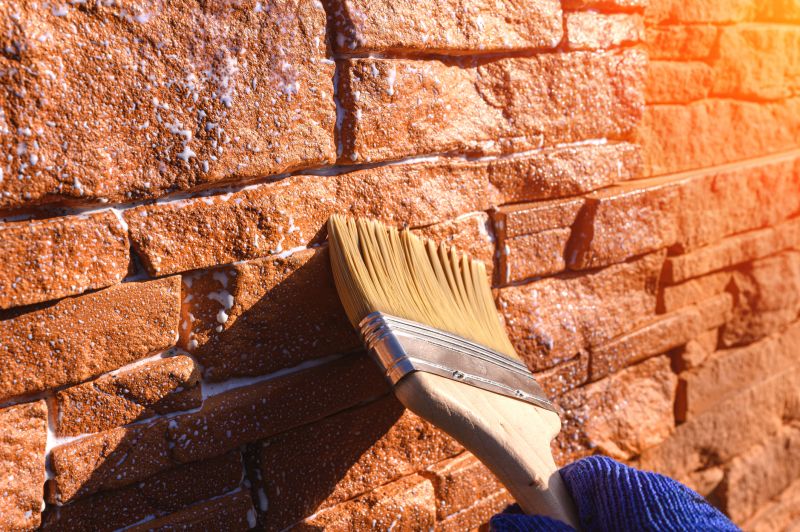
Simple add-ons that improve Brick Stainings without blowing the budget.
Brick stainings are a popular choice for restoring or enhancing the aesthetic of brick surfaces. The process involves applying a pigmented coating that penetrates the brick to provide color and protection. Proper timing ensures the stain adheres evenly and resists peeling or fading over time. Historically, brick staining has been used for both decorative and protective purposes, with modern techniques offering a wide range of colors and finishes. According to industry statistics, properly applied stainings can extend the lifespan of brick surfaces by several years, reducing the need for costly repairs or replacements.
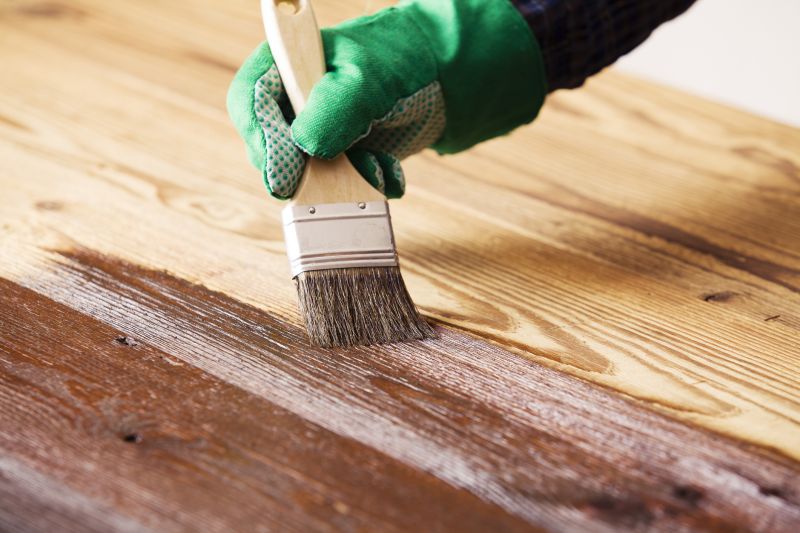
Applying stain in optimal conditions ensures a uniform finish and long-lasting color.
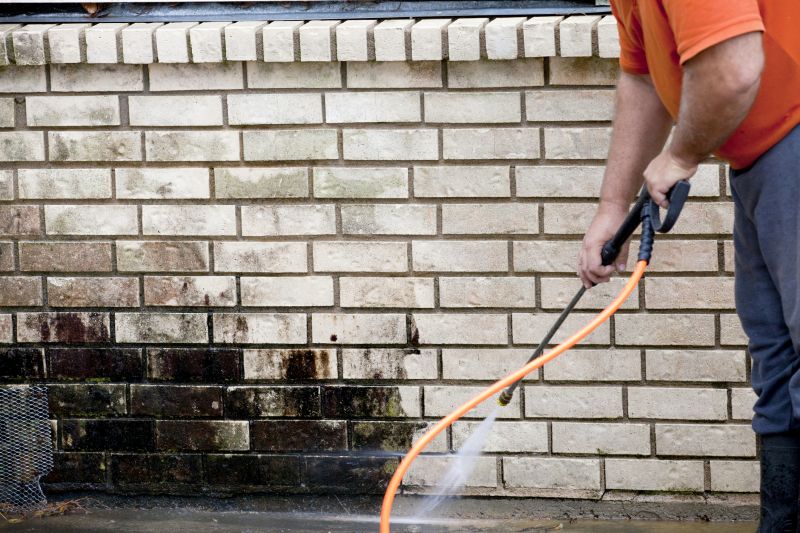
Thorough cleaning and drying are essential before staining to achieve best results.

Proper timing and application produce vibrant, durable finishes on brick surfaces.
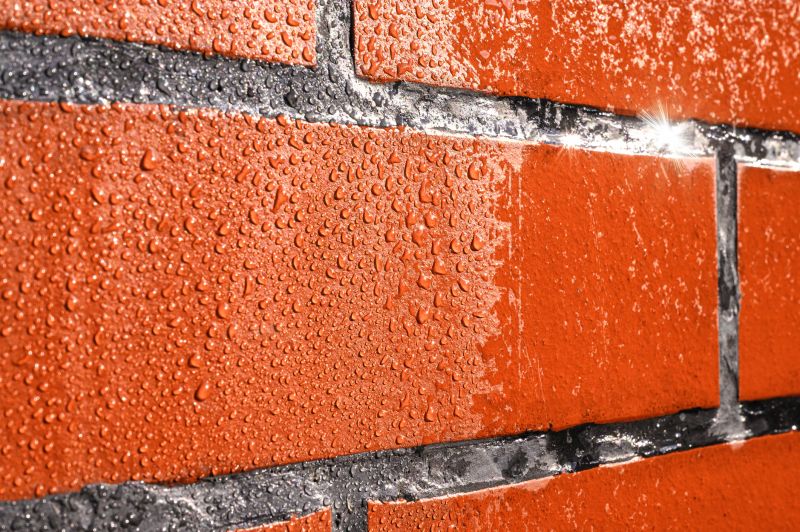
Monitoring weather conditions during application helps ensure quality results.
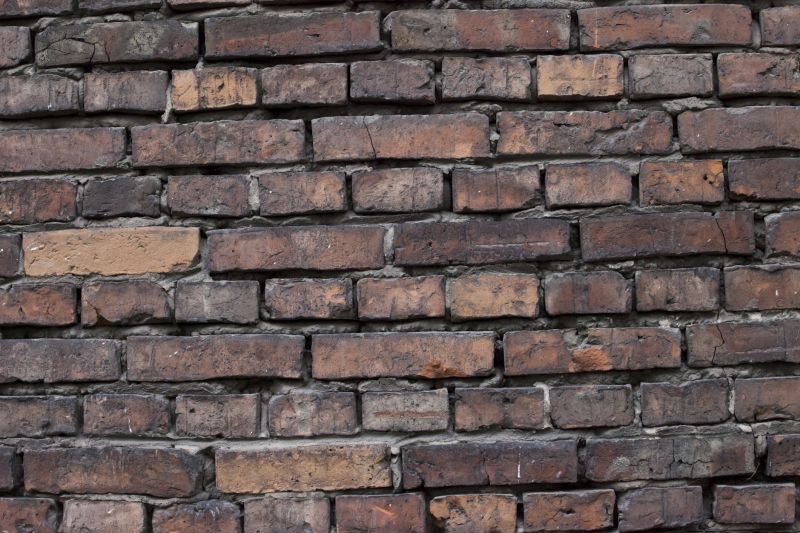
High-end options that actually feel worth it for Brick Stainings.
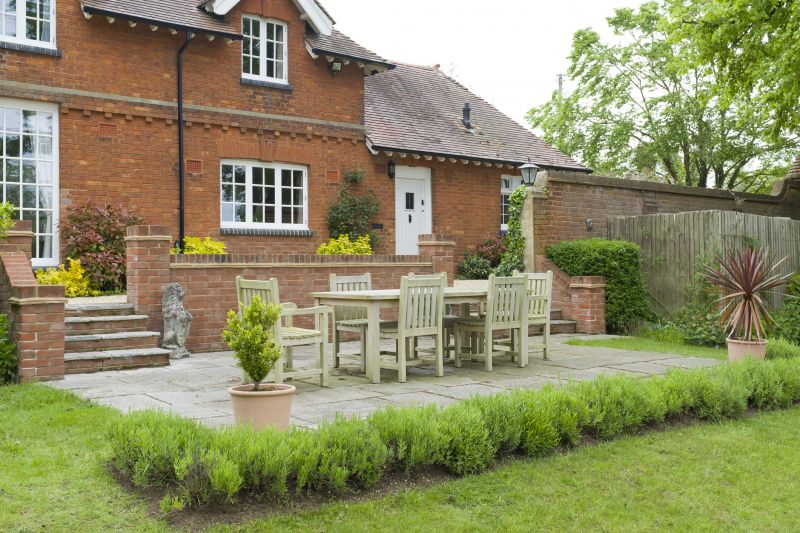
Finishes and colors that play nicely with Brick Stainings.
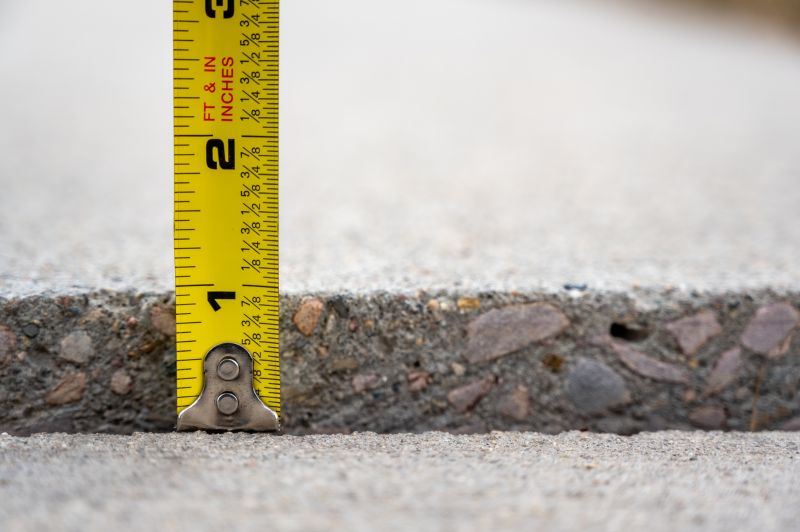
Little measurements that prevent headaches on Brick Stainings day.
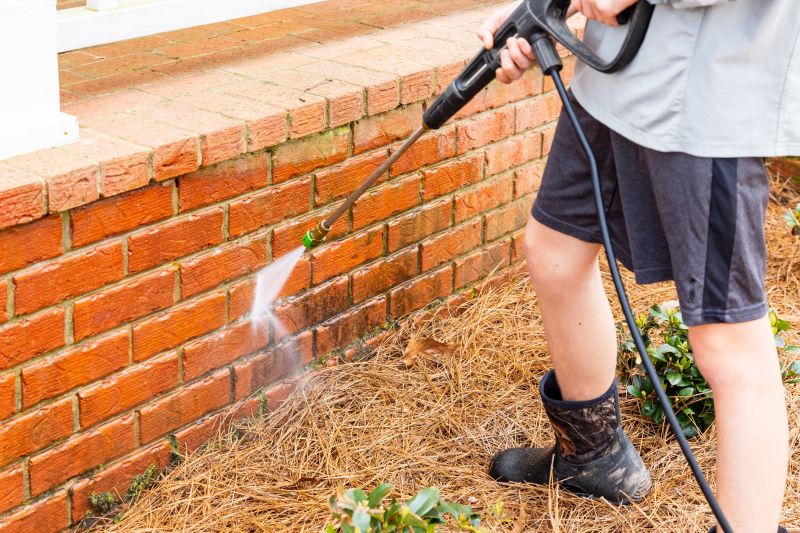
A 60-second routine that keeps Brick Stainings looking new.
| Season | Recommended Conditions |
|---|---|
| Spring | Moderate temperatures, low humidity, dry weather |
| Summer | Avoid high heat and humidity, early morning or late afternoon application |
| Fall | Cooler temperatures, low rainfall, stable weather |
| Winter | Not recommended due to freezing temperatures and moisture |
| Late Spring/Early Fall | Optimal for most projects, consistent weather |
Selecting the appropriate time for brick stainings enhances the durability and appearance of the finish. It is important to consider local climate patterns and forecasted weather conditions before scheduling a project. Proper timing reduces the risk of staining issues such as uneven absorption, peeling, or fading, ensuring a professional and lasting result.
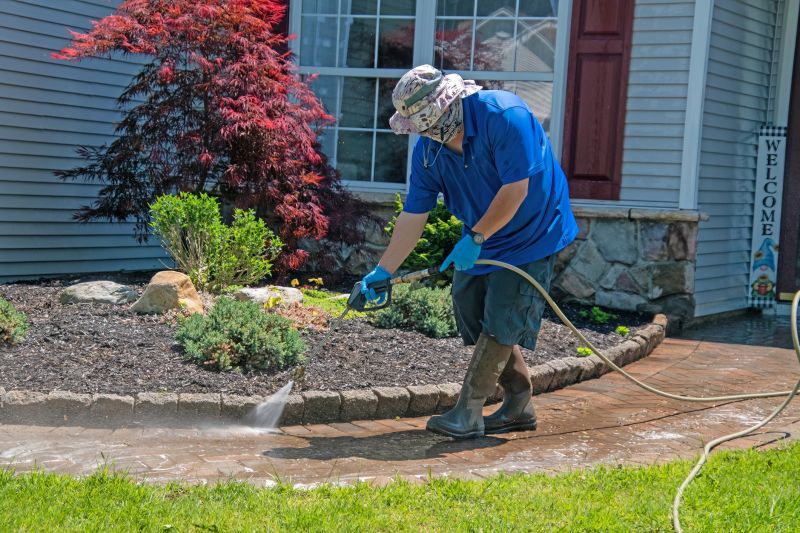
Applying during cooler parts of summer prevents issues caused by excessive heat.
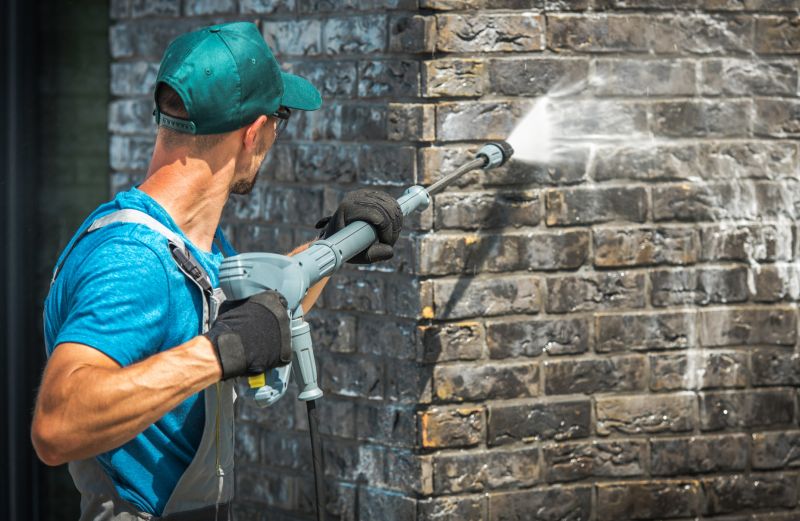
Winter applications are generally discouraged due to risk of freezing and moisture issues.
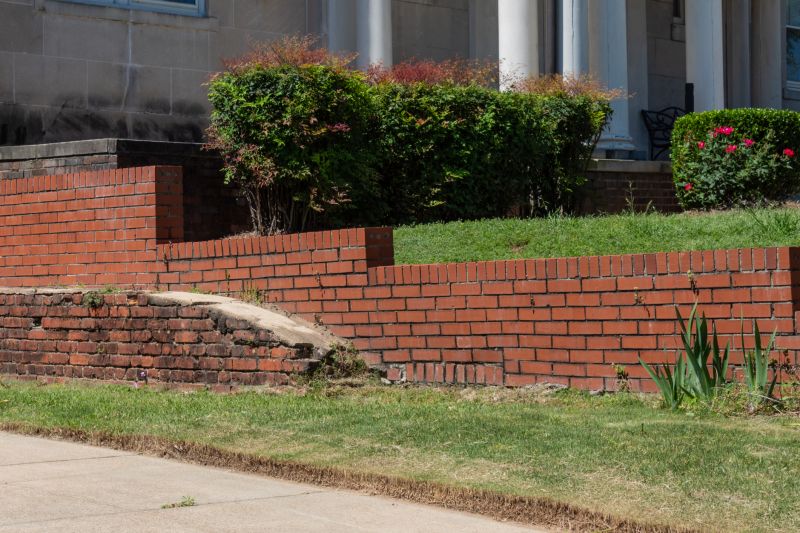
Consistent, mild weather ensures the best adhesion and color retention.

A frequent mistake in Brick Stainings and how to dodge it.
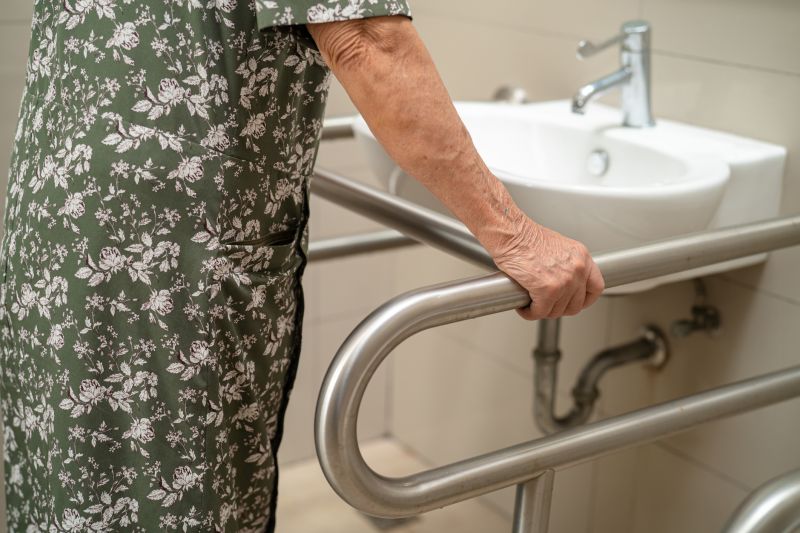
Small tweaks to make Brick Stainings safer and easier to use.
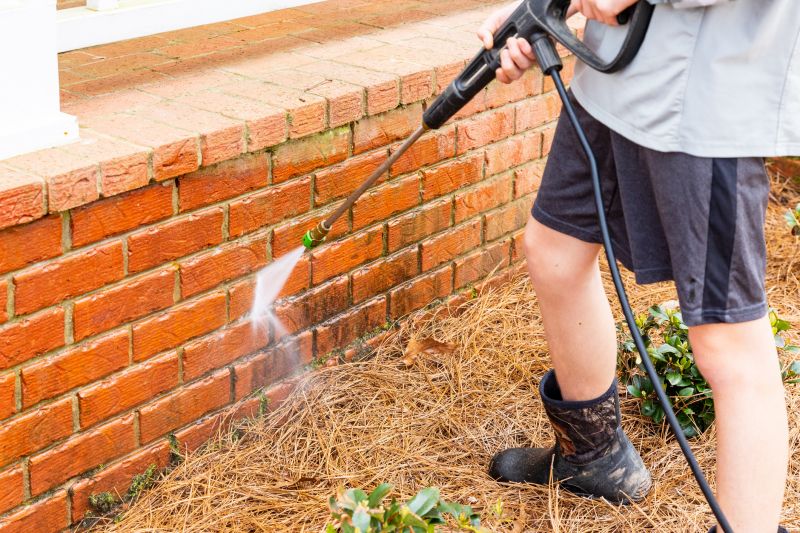
Lower-waste or water-saving choices for Brick Stainings.
Interested in enhancing the appearance of brick surfaces with stainings? Contact for more information or to schedule a consultation. Proper timing and preparation are key to achieving durable, attractive results.
